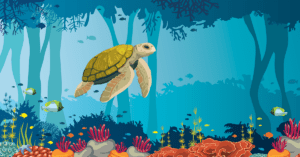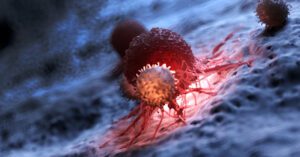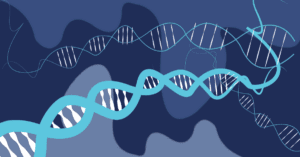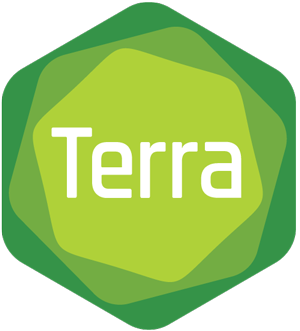

Learn to assemble and analyze Human Pangenome data on the cloud
A new playlist of workshop videos by Dr. Karen Miga’s team at UCSC demonstrates how to use data and resources from the Human Pangenome Reference Consortium


A new playlist of workshop videos by Dr. Karen Miga’s team at UCSC demonstrates how to use data and resources from the Human Pangenome Reference Consortium


A quick recap of recent Terra-related headlines: Journal appearances for Terra and the AnVIL, planned integration with Singular Genomics’ new G4 sequencer and a new release of Microsoft’s Cromwell on Azure.


Brendan Reardon, computational biologist at Dana Farber Cancer Institute, describes how the MOAlmanac algorithm and analysis portal enable a wide range of users to leverage large-scale genomics to guide individualized patient care in oncology.


Samantha Zarate of the Schatz Lab takes us behind the scenes of the large-scale analysis that demonstrated the benefits of the new T2T-CHM13 reference genome for variant calling.


The ASHG Interactive Workshops have always been a great way to learn new analysis skills in a hands-on way. This year, the workshops are available as ticketed events separate from the conference itself.


Sam Friedman, data scientist in the Broad’s Data Sciences Platform, explains how using the Intel OpenVINO framework enabled him to accelerate the GATK CNN tools.


We’ve added the ability to launch R Shiny apps from Terra’s built-in RStudio environment, opening up some really exciting possibilities for taking interactive data visualization in Terra to the next level.


We’ve mentioned the AnVIL project a number of times in recent blog posts — covering topics such as Dockstore, RStudio, Galaxy, and DRS URIs — so it feels like it’s high time that we gave you some more context. Specifically, we thought it might be useful to reiterate the key goals of the AnVIL project and explain briefly how Terra fits in with the other AnVIL components.


PANOPLY is a computational framework for applying statistical and machine learning algorithms to transform multi-omic data from cancer samples into biologically meaningful and interpretable results. In this post, D. R. Mani explains how his team is leveraging Terra to make PANOPLY accessible to a wide range of researchers.


In April, we celebrate Citizen Science Month, World Autism Day, and National DNA Day. In this guest blog post, all three events come together as KT Pickard, father of a young woman with autism, shares his family’s story of personal genomics and citizen science.
Terra is developed by the Broad Institute of MIT and Harvard in collaboration with Microsoft and Verily.





